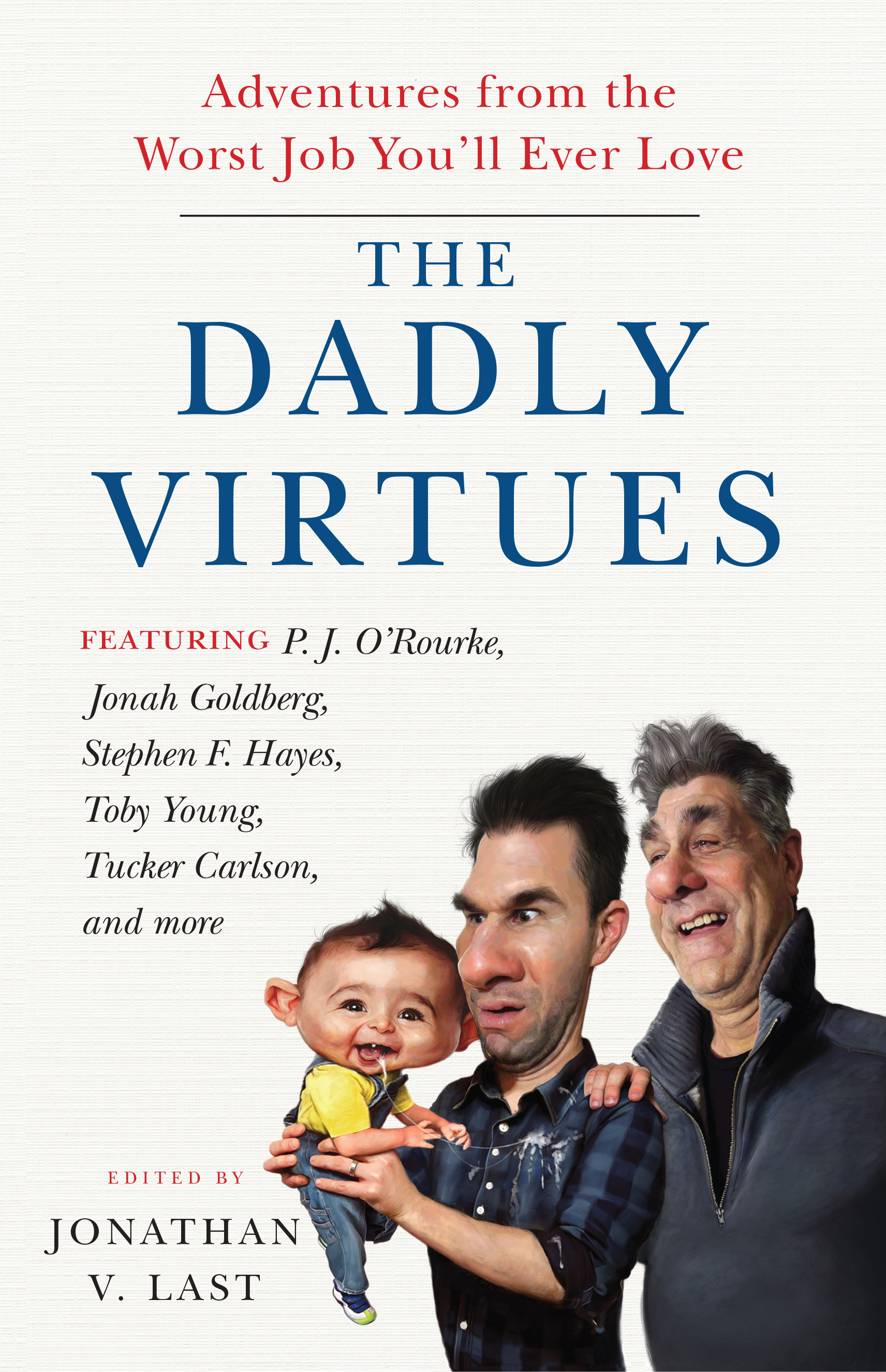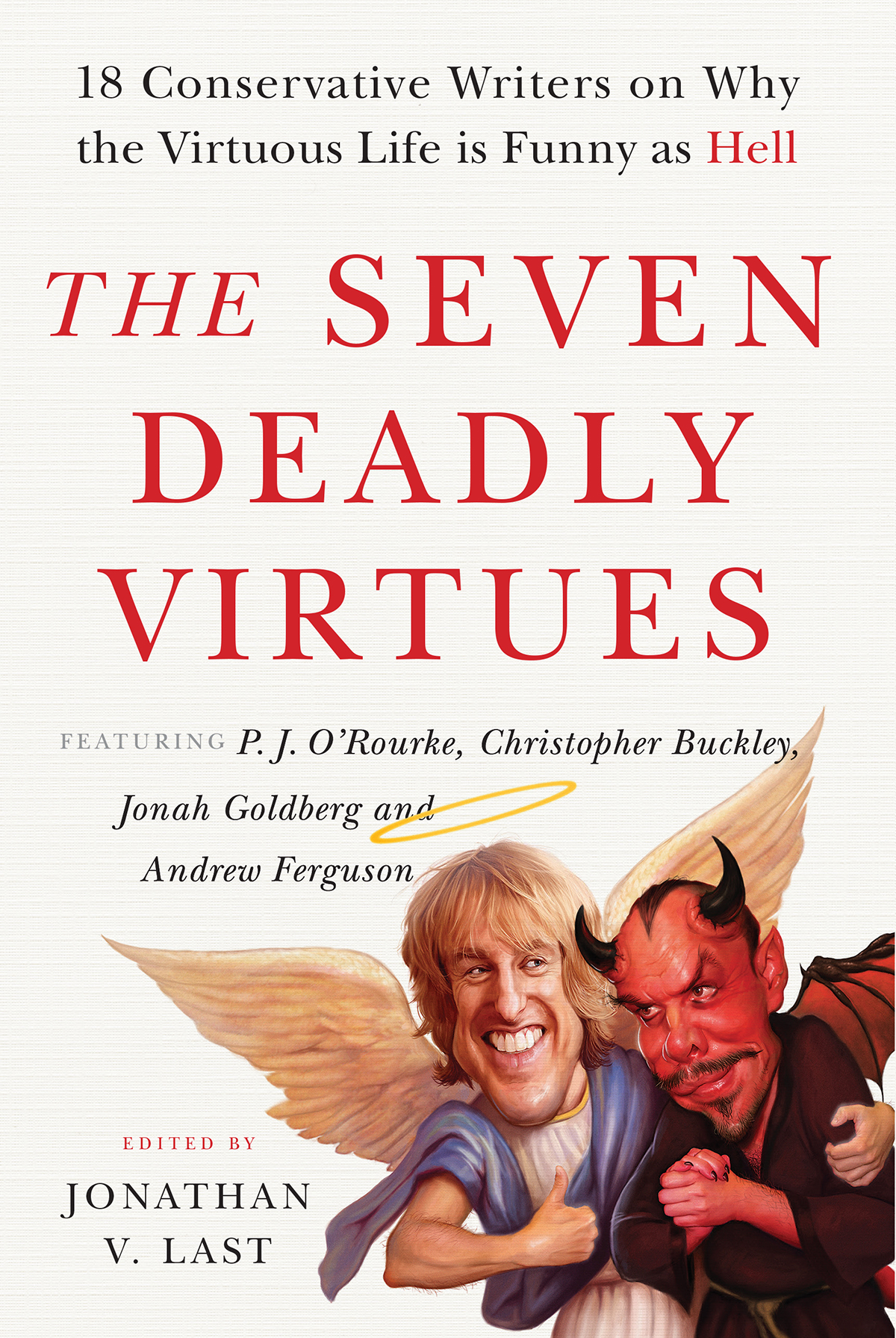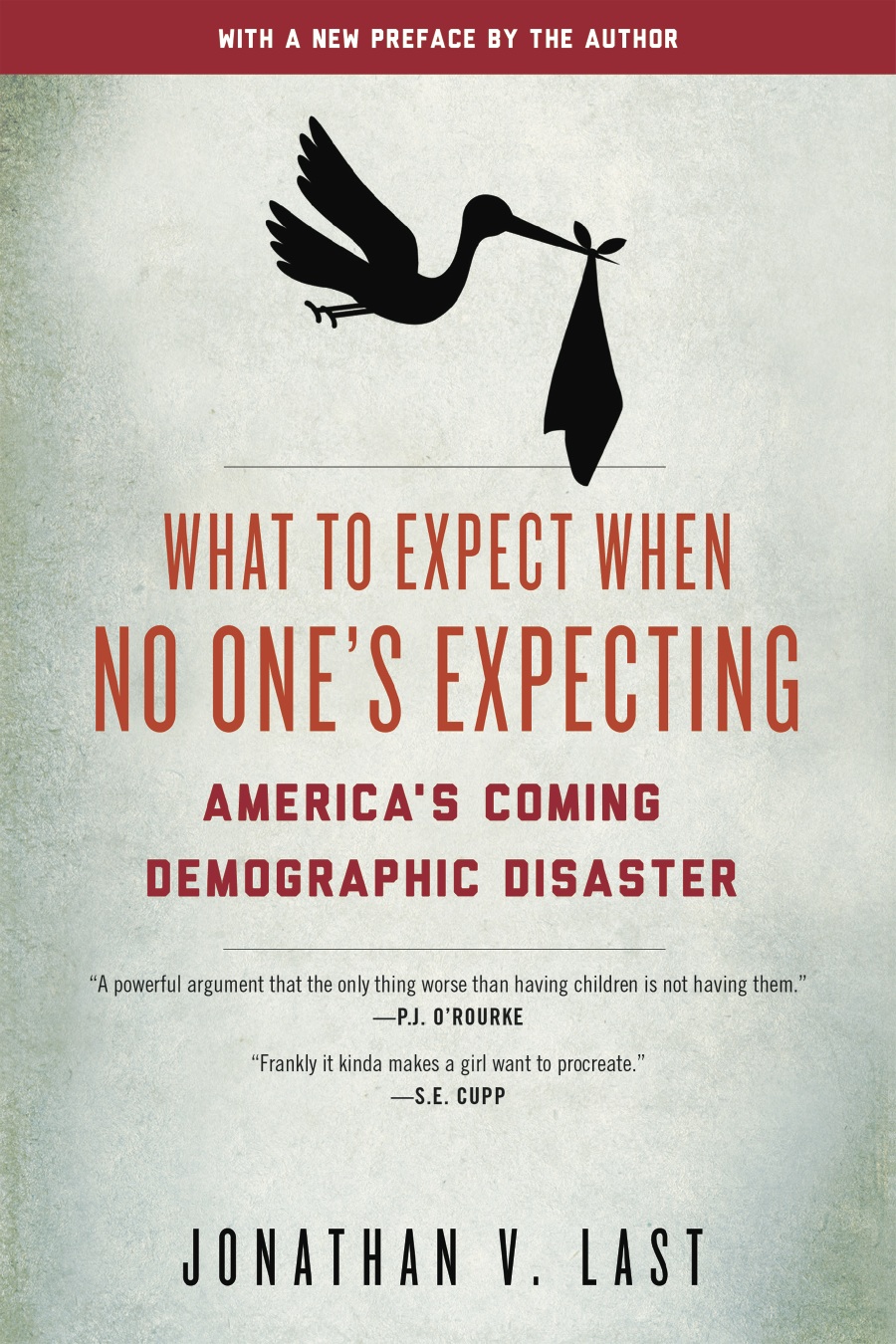June 28th, 2013
This piece of genius does a good job of distilling a lot of the math behind traffic, which is something of a minor obsession of mine.
What’s new to me is the concept of anti-traffic spacing, which, now that you think about it for five minutes, makes sense.
But more intriguingly, it makes a sensational argument for driverless cars. Because computer-driven cars could be programmed to behave in an optimal, coordinated manner so as to mitigate traffic in a way human drivers simply can’t.
2 commentsHarry Potter Burlesque
June 28th, 2013
No, really.
This is a thing: “Accio Burlesque”
Who knew?
1 commentThe Gay Marriage Movement in Victory
June 28th, 2013
Ross Douthat mused the other day that the future of religious liberty in America will depend mostly on how magnanimous the gay marriage movement deigns to be toward the knuckle-draggers who bitterly cling to the antiquated views of marriage once espoused by Barack Obama in April of 2012. He may be right, though there are other, less-condign possible futures. But let’s leave that alone for now and do a quick temperature check on the magnanimity of the gay marriage movement.
Here’s John Aravosis going after an evil, right-wing Republican hate group (the Family Research Council) for “the most anti-gay logo” in the history of politics. You’ll want to pay attention to two aspects of this post.
(1) Aravosis thinks the logo in question is hateful because it features “a man performing oral sex.” Tobias Funke responds, “No, but funny how your mind would go there boy-Michael.”
The stick-figure in question is pretty obviously a person kneeling in prayer. I suppose you could call this a Rorschach test of some sort if you really wanted to stretch things. But the point here is that Aravosis doesn’t even raise the possibility that FRC was indicating prayer. He jumps straight to the hate histrionics.
(2) Aravosis opens his post with the following line:
In one of the most unfortunate moves in American politics since Republicans kept referring to the Tea Party “teabagging” . . .
I had to read that three times to make sure I understood what he’s saying. In Aravosis’ reading of history, the Tea Party/teabagging stuff was a slur perpetrated by the Tea Party rather than against the Tea Party. That’s a pretty tortured depiction of reality. Parts of the Tea Party originally called for sending tea bags to Congress as a message–we do all remember where “Tea Party” comes from, correct?–and then the left quickly adopted “tea bagger” as a slur against Tea Party members.
Aravosis is just one data point in a wider gay marriage movement that consists of roughly 80 percent 65 percent 51 percent of the country, so I don’t want to make too much of it. But as a quick temperature read on their inclination towards the tiny rump minority which believes traditional marriage is important, it’s worth marking down.
The conventional view is that, whatever else happens in the realm of civil society, the religious liberty line will at least hold at the door of the church. I’m not particularly convinced and whatever the case, I’ll be surprised if that line isn’t repeatedly assaulted in the next decade.
5 commentsWimbledon 2013 Notes
June 27th, 2013
Yesterday was, by far, the weirdest day of grand slam tennis I’ve ever seen. Injuries, walk-throughs, Federer out in the 2nd round. Maybe the craziest stat of the day: Seven players who have held the #1 ranking–seven of them!–lost in one day. That’s nuts.
Looking at the draws the rest of the way in, Djokovic and Serena are obviously the favorites. But one quick thought about Serena:
Win or lose, she’s top three women ever, right? Court, Graf, and no one else is close. One of the remarkable aspects of her career is that she was dominant both early and late.
But I wonder about this late-stage dominance. A lot of it is Serena, of course. She rebuilt her body and decided to take tennis seriously again. Yet at least part of this story is the total implosion of the generation of tennis players behind her.
Serena was born in 1981 and didn’t become a dominant singles player until 2002. She succeeded a generation of top women including Lindsay Davenport (1976), Mary Pierce (1975), Jennifer Capriati (1976). All of them won majors. Serena’s own generation includes her sister Venus, Kim Clijsters (1983), Justine Henin (1982), and Martina Hingis (1980). This is probably the Greatest Generation of women’s tennis because it features four players who were legitimate, long-time #1s with multiple majors. It’s an unbelievably loaded cohort. And interestingly enough, Serena didn’t fully dominate them until most of them had cleared the field.
Look at the list of women’s major champions and you see generational waves coming in every seven years or so. But that never really happened for the group of players that came after Serena’s generation. You have Maria Sharapova (1987) and Victoria Azarenka (1989) as multiple major winners. But that’s it. Ana Ivanovic (1987) won one French. Petra Kvitova (1990) picked up one Wimbledon. (Most of the freak, one-off winners, they’ve come from Serena’s generation with wins from journeyman such as Fancesca Schiavone, Li Na, or Samantha Stosur.) No other women born after 1987 have won majors. No woman born after 1990 has won one. Heck, only one woman in today’s top 25 was born after 1990.
That’s amazing.
The crop of women tennis players born after 1983 has been an incredible bust (with the sole exception of Sharapova). The failure of the generation of players including Wozniacki, Radwanska, Kirilenko, Cibulkova, Radwanska, etc. is, to my mind one of the great untold stories of tennis. And you can’t really talk about Serena’s late-career success without taking account of it.
6 commentsWait–White Voters Matter? WTF?!?
June 26th, 2013
I know, I was as surprised as anyone. But here’s Sean Trende AND Ruy Teixeira making very similar cases as to the importance (dominance?) of white voters.
Every once in a while, when I’m talking with someone about the changing demographics of American elections, I ask them what percentage of the electorate they think is non-Hispanic white. The answers I get are nearly always in line with Gallup’s awesome findings about Americans’ perceptions of the gay population:
4 commentsIn surveys conducted in 2002 and 2011, pollsters at Gallup found that members of the American public massively overestimated how many people are gay or lesbian. In 2002, a quarter of those surveyed guessed upwards of a quarter of Americans were gay or lesbian (or “homosexual,” the third option given). By 2011, that misperception had only grown, with more than a third of those surveyed now guessing that more than 25 percent of Americans are gay or lesbian. Women and young adults were most likely to provide high estimates,approximating that 30 percent of the population is gay. Overall, “U.S. adults, on average, estimate that 25 percent of Americans are gay or lesbian,” Gallup found. Only 4 percent of all those surveyed in 2011 and about 8 percent of those surveyed in 2002 correctly guessed that fewer than 5 percent of Americans identify as gay or lesbian.
This Week’s Newsletter
June 26th, 2013
Best subject header ever?
“We need more illegal immigration . . . from Krypton!”
In the course of my mini newsletter review, I elide all of the obvious policy-nerd questions:
If the Gang of Eight bill passes, does Kal-El get a blue card or a green card? Does his employment by the Daily Planet mean that everyone else at the paper loses their health insurance, per Obamacare and the no-ACA-for-amnestied-immigrants clause? Does granting Kal-El amnesty really open the door to more phantom zone immigrants, such as Zod and Faora-Ul? And by the way, what have we really done to secure the phantom zone? Another 20,000 unionized border-patrol agents aren’t going to cut it. Maybe it’s time we finally stand up a S.W.O.R.D.
You can always sign up for the newsletter here.
1 commentDeath to Autoplay
June 25th, 2013
No, I couldn’t figure out how to mod the code to make Russell Brand stop. But this bonus post should do the trick.
2 commentsIn Praise of Maria Sharapova
June 25th, 2013
Despite myself, I find like Sharapova more and more with each passing year. Today’s WSJ piece by Tom Perrotta (the best tennis writer in America, hands down) about how Sharapova has evolved her game over the years is pretty interesting. And it’s a real credit to Sharapova that, despite all the endorsement money and early success, she stayed hungry enough to care about tennis this much the whole time.
0 comments





